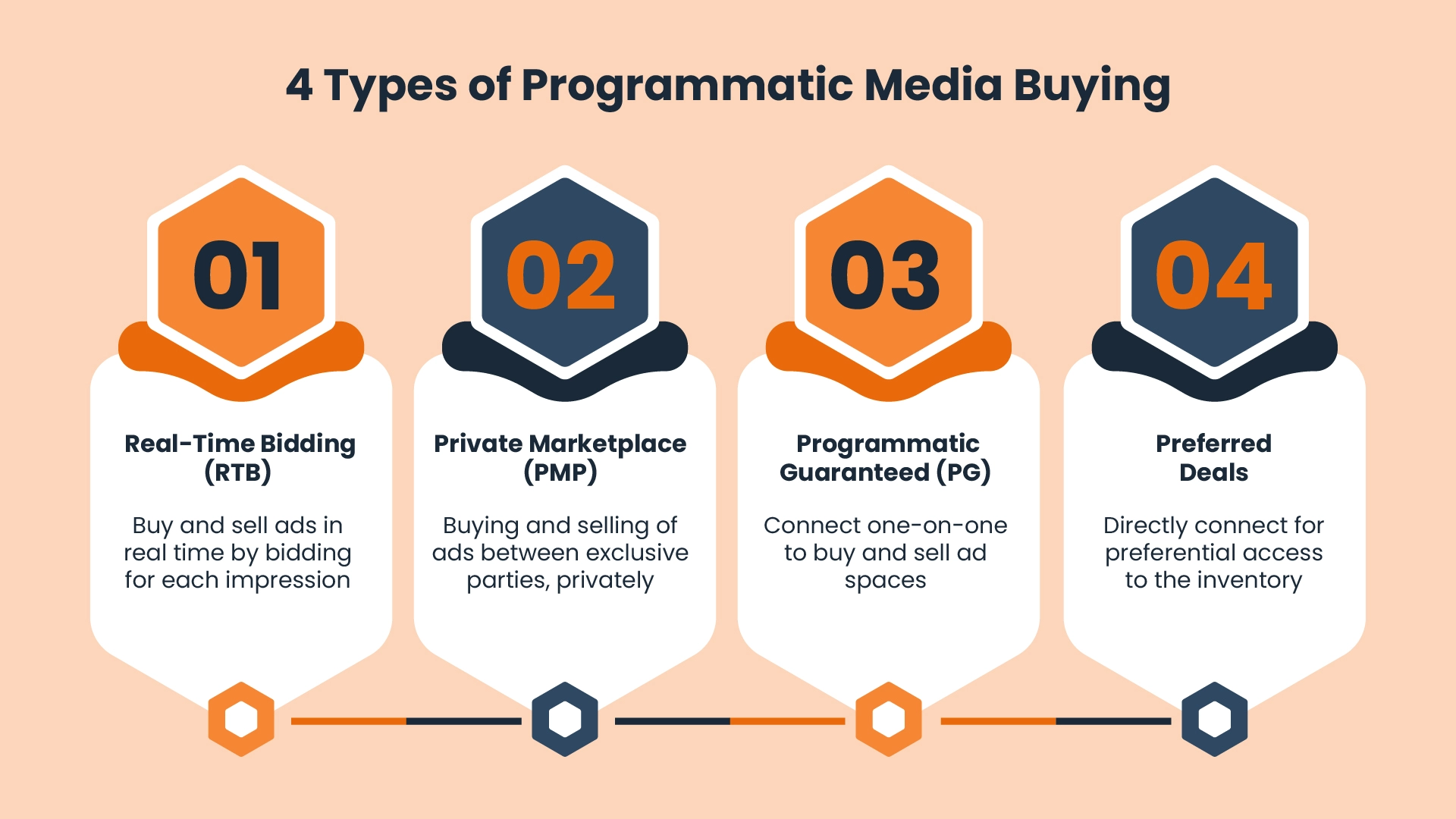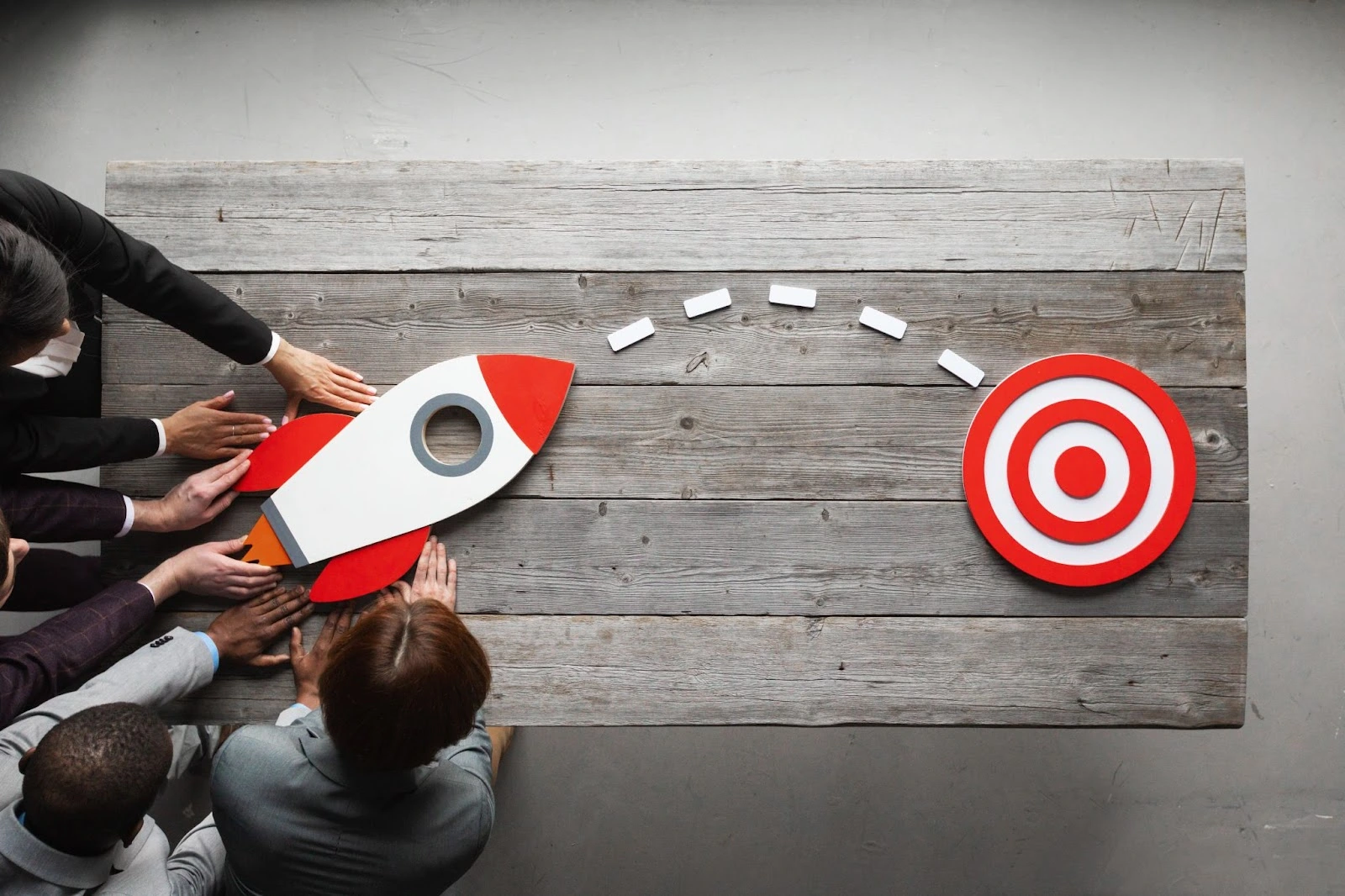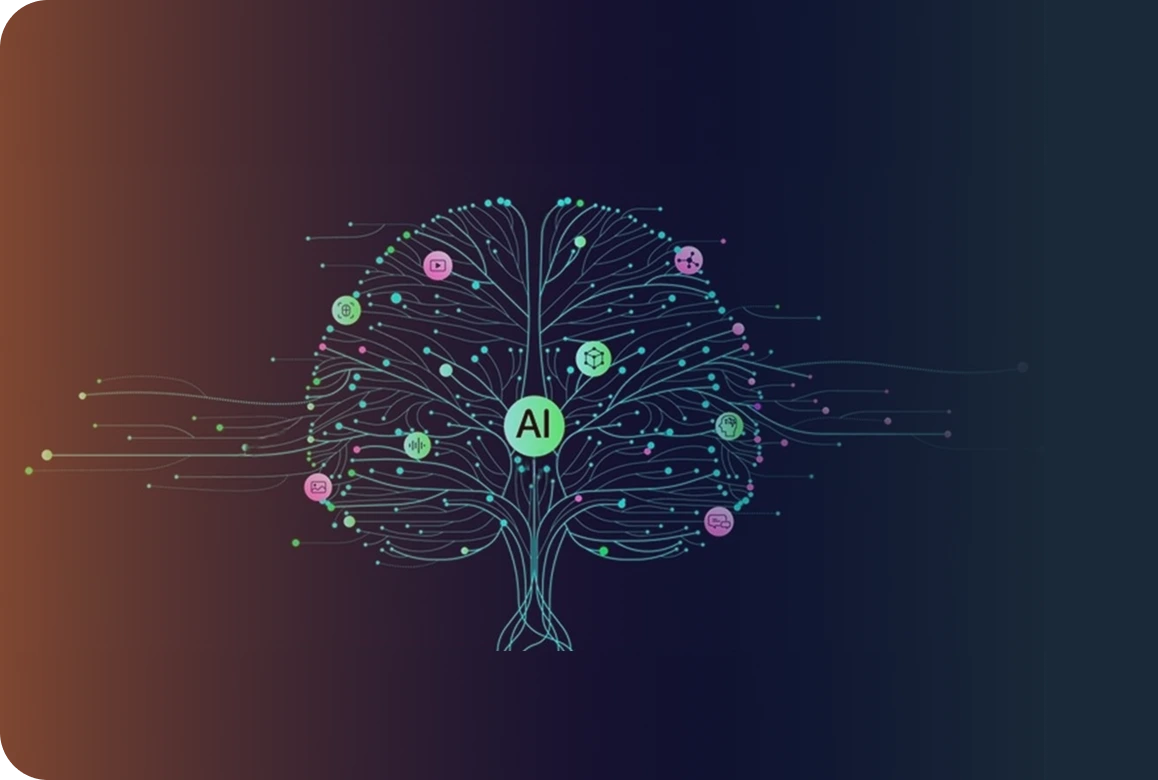
Nostalgia is a great feeling. And, to say that marketers like us make plentiful use of that, is an understatement. But, what about our own history? More specifically, advertising in the early 2000s. A time before something known as programmatic media buying was a thing.
Now, let me be clear. That era of buying digital ad space was more challenging than you’d realize. First, you had to be a terrific businessman to even convince websites to show your ads. After convincing them and fighting off competitors, you had to worry about accurate targeting. But, there was no way of identifying the right publishers for your target audience. So, the process was slow, inefficient, and costly.
Then came programmatic media buying around the early 2010s. A solid decade and a bit after digital advertising became mainstream. Let’s see what it is, and how it transformed marketing.
Programmatic Media Buying – Definition
Programmatic media buying makes the process of buying and selling digital ads automatic. It uses software and algorithms to match publishers and advertisers. So, marketers who want to run ads match with websites with available ad inventory.
The programmatic media buying process occurs in real time. Meaning, the right people see your ads at the right place and the right time. This makes digital advertising precise and efficient. Additionally, there are even more benefits of programmatic media buying like:
- Transparency – Advertisers get accurate information about the costs and placements of ads. So, they can ensure that their brand image remains intact and that they pay the right price.
- Data and Insights – Advertisers have the ability to gather more data and insights, thanks to automation. This helps them make better decisions and improve the media buying process.
- Tracking Capabilities –Advertisers can track how their ads perform. They can analyze the level of engagement and adjust their budgets accordingly.
These benefits usually differ with different types of programmatic media buying.
4 Types of Programmatic Media Buying
The programmatic media buying types reflect different ways to buy and sell ad spaces. Here they are:

1. Real-Time Bidding (RTB)
Real-time bidding is a type of programmatic media buying that refers to an instant auction. You can buy and sell ads in real time by bidding for each impression. To perform RTB, you need a supply-side platform or an ad exchange. There, you can buy ads from available inventories.
In RTB, several advertisers can bid on impressions at the same time. The highest bidder wins, and at that exact moment, the ad appears on the platform.
Now, you might think that this sounds extensive, given the real-time bidding. But, this is an automated process, for which you can set parameters like maximum and minimum bids. You can also prioritize specific inventories or ad spaces that you want. This increases your ROI. Making real-time bidding one of the most popular types of programmatic media buying.
2. Private Marketplace (PMP)
Private Marketplace is buying and selling of ads between exclusive parties, privately. Unlike RTB where everyone has access to bidding on inventories, PMP does not. In PMP, high-quality publishers offer their premium, exclusive ad spaces to select advertisers.
The buying and selling of ad spaces works essentially the same as RTB. But, with an added filter placed by publishers to only allow chosen advertisers. So, an auction takes place and the highest bidder amongst the limited advertiser pool wins.
The private marketplace works best for advertisers who want to place their ads on premium spaces. This can be to maintain a certain brand image or access a premium audience. On the other hand, publishers get higher pay for the ad spaces.
3. Programmatic Guaranteed (PG)
Programmatic Guaranteed is a media buying type that skips bidding entirely. Instead, advertisers and publishers connect one-on-one to buy and sell ad spaces. PG allows you to bypass all variables of programmatic media buying. For instance, the publisher fixes the number of impressions, date, and placement. The advertiser agrees on a set price for the same.
To initiate programmatic guaranteed deals, either advertisers or publishers send a proposal. After satisfactory inspection of the inventory and a fixed rate, both parties can agree on a deal.
To run ad campaigns using programmatic guaranteed buying, the publisher needs to assign a deal ID. Additionally, the deal needs the data management platforms of both parties to be in sync.
Unlike bidding, PG allows publishers a bit more freedom to choose their rates. It is also safer because publishers directly deal with the advertisers. As for advertisers, they get to choose and access their target audiences, in case they don’t get a PMP invite.
4. Preferred Deals
Preferred deals is a direct, not-guaranteed type of programmatic media buying. It is a little less common than the other three and it’s more about availability than a guaranteed deal. The advertiser and publisher can directly connect for preferential access to the inventory.
A preferential access means, the advertisers get to be the first ones to get the ad space. A pre-requisite to this is pre-negotiated CPM rates for the ad spaces. So, when the auction begins, the advertiser who negotiated the deal gets to be the first person to buy it. However, this also does not guarantee the sale. Meaning, if the advertiser doesn’t want to buy the ad space, someone else can.
The benefit of preferred deals is the same as programmatic guaranteed buying. The publishers can get a premium rate and freedom to choose advertisers. And, advertisers can target specific inventories. The added benefit of preferred deals for advertisers is flexibility. They can opt out of buying the inventory if they choose to do so. This same thing is actually a disadvantage for publishers. That’s because their inventories might not sell. In that case, they can run an auction through a PMP or open market, which might not be as lucrative as a direct deal.
Capitalizing on the Impact of Programmatic Media Buying
Programmatic media buying offers flexibility, control, and automation to advertisers and publishers. This means more ROI, better accessibility, ease of use, and efficient advertising. The stats also back it up. According to the latest estimates by Statista, programmatically sold advertising is expected to be worth $557.56 billion in 2023.
So, if you’re a marketer, you need to understand and use programmatic advertising to your advantage. If you’re new to the concept, we highly recommend reading: Programmatic Advertising 101: Ultimate Guide for Decision Makers. It’ll help you understand the basics and give you a direction for how to implement it.
If you are looking to implement B2B advertising services in your business, learn how B2B advertising services can help you!
Our blog
Latest blog posts
Tool and strategies modern teams need to help their companies grow.

Explore the differences between direct and programmatic ads, their trade-offs, when t...

Discover six hybrid B2B marketing event formats that drive real pipeline growth, enha...

Struggling to convert your SQLs? Learn the common mistake B2B companies make and opti...





